Janice Hall brings a wealth of wine knowledge and a taste of Sonoma to this cozy Central Avenue eatery.
- story by Lisa Monti
“I draw upon my experience as a Master Commander Emeritus with the International Brotherhood of the Knights of the Vine for wine choices/selections,” Janice says. KOV is the oldest wine society in the country and is an off-shoot of the over-300 year-old European wine society. To make the most of all that good wine, Central Station Bistro also serves an outstanding selection of gourmet cheeses and charcuteries to round out a visit to the bistro, where every board is made fresh upon order. Prepping the meats and cheeses - all sliced to order - guarantees freshness and that naturally takes time. The result is “worth the wait,” Janice promises. And since Janice is a professional photographer, it’s no surprise that the Bistro’s boards make for gorgeous presentations. Combinations of cheeses with plump grapes, salty almonds, fresh berries, toast, baguette slices and swirls of prosciutto arrive ready for their closeup. “It’s all about the drama,” Janice says. Janice works with a supplier who specializes in domestic and imported foods to make sure the meats, cheeses and pates are always “top of the line.” Customers know that their favorites will be available and prepared fresh every time. The boards provide a variety of tastes and textures. The jams are from a North Georgia farm. The crisp baguettes are served hot out of the oven with rich Irish butter. The pickles, pickled asparagus and artichoke hearts add an element of tartness. Janice’s interest in cooking and talent for entertaining guests eventually led to the Bistro. She and her husband Jim lived in California before moving here and when they found a spot for their new endeavor, Janice easily segued from seasoned hostess to the Bistro. The boards come in a variety of elements, giving wine (and beer) drinkers a sampling or something more substantial. The simple sampler comes with one meat, a cheese, dried fruit and nuts served with crackers. From there, the board offerings multiply. The Fromage board has three artisan cheeses along with fresh fruit, preserves and baguette. The Charcuterie board has three meats served with cornichons, olives, stone ground mustard, dried fruit and baguette. The Fromage et Charcuterie combines the best of both. With the three meat/three cheese board, Janice says, “I challenge anyone to leave hungry.” The Sweet Board serves to satisfy cravings with truffles, biscotti and seasonal fruit, all drizzled with chocolate by Ghiradelli. Janice notes, “The truffles are provided by the oldest chocolate maker in New England, specifically Rhode Island. Both the preserves and truffles are available to purchase under the Central Station Bistro name.” Fans of crostini will find two standards on the menu including the always popular Bruschetta (chopped tomato, garlic, Balsamic vinegar topped with Parmesan, parsley and mint) served with stuffed olives. The other is half a baguette stuffed with Brie and Proscuitto and baked. “It’s our version of melted cheese,” Janice says. Regular customers at the Bistro know they can count on finding their favorite beverages and boards in a friendly atmosphere and they also enjoy the service provided by what Janice calls her “Dream Team.” Jennifer Black joined the Bistro with ten years experience at The Sycamore House. Pam Valentine, a native Mississippian with a natural talent for interacting with people, has a background in customer service. Rebecca Jaquith Diaz is a caterer who previously owned a kitchen store in Old Town and is “an all around Bay St. Louis favorite,” Janice said. Janice promises great ideas are in the works for the Bistro’s future. Central Station Bistro 205 Central Ave. Bay Saint Louis, MS 39520 (228) 342-5832 Open Thursday through Saturday 5-9 p.m. Thirty Wines For Thirty Years
Wine connoisseur Anna Speers celebrates her upcoming birthday with 30 of her favorite wines. Many are available locally and they're categoried as Steals (around $10), Deals ($15 range) and Splurges($20 - $40 range)!
No, my friends, this month we are celebrating with a list of 30 of my favorite wines from over the last 30 (ok fine, nine) years. Ten steals, ten deals, ten splurges; all wines that I have personally bought and enjoyed repeatedly.
A disclaimer before we proceed: Most of these wines can be found locally. Some are available at larger wine retailers around our area; others will require a trip into New Orleans to find. Normally I would not do this, but it's my birthday and these wines are delicious and you will thank me for it later. For easy reference, I've starred the ones that might be tricky. Whites come before reds, and the list in each category progresses from sweetest to driest.
Steals:
(around $10)
Deals:
($15 range)
Splurges:
($20 - $40 range)
You may have noticed that there is a slight prevalence of Washington state wines on this list. For that, I make no apologies. My home state is cranking out some exceptional wines and we Mississippians deserve to seek out those treasures.
As for our own local vineyards, I would encourage y'all to check out Pontchatrain Vineyards Zinfandel. Our southern clime is not necessarily the best for producing much more than muscadine wine, but this locally-grown-and-bottled Zinfandel is a solid offering, considering our climate and soils. Welcome to 2017, my fellow bacchanals. Let's do this right. Here's to the next 30 years! Cava For Christmas
Switch up your holiday bubbly this season with Spanish sparkling wine. And don't miss Anna's recommendations for Steals (around $10), Deals ($15 range) and Splurges($20 - $40 range) - all locally available in the Bay-Waveland area!
For my palate, Prosecco tends to be too sweet and Champagne tends to be too full of Chardonnay notes (not to mention the price tag for a decent bottle). I've got a fever, and the only cure is more Cava.
Cava is a sparkling wine produced in the Catalonia region of Spain. Consider it Champagne's southern cousin: like Champagne, Cava is predominately made from a mix of three grapes and follows an identical production sequence. Like Champagne, Cava can have a range of sweetness, from Brut Nature to Dolce. Like Champagne, Cava undergoes secondary fermentation in the bottle and all carbonation is a natural result. Unlike Champagne, the grapes used for Cava, unique to this region in Spain, have some incredibly fun names. Check these out: Macabeu, the base of most Cava blends, brings a slight floral aroma, lemon flavors and a crisp, delicately bitter finish. Parellada provides aggressive acidity and bold citrus. Xarel-lo lends rich aroma and body, with notes of pear and melon. These three are blended in varying percentages, and overall create a sparkling wine that is drier than Italian Prosecco and less nutty than Champagne. Cava follows the Champenoise method of production, although according to my research we are no longer supposed to use that term to describe Cava (only Champagne can use the Champenoise method, which makes a reluctant sort of sense). Sue me, Champagne snobs. This traditional method states that the first fermentation of the wine should happen in the barrel, with the second fermentation occurring in each individual bottle. Yeast, nutrients and sugar are added during this second stage, and the result is a natural sparkling quality.
Sparkling wines like Cava are perfect for this time of year, and not just for celebration purposes. Cava is lower on the alcohol-by-volume spectrum, averaging around 11 percent. It is light enough to sip on for several servings without ending up under the table. Its crisp, light bodied brightness cuts through the decadent December dishes like lamb, roasts, and rich desserts; it also pairs beautifully with spicy dishes and seafood.
To top it all off, Cava delivers a quality product at prices that simply cannot be beat. Around the holidays, we spend so much money in gift-giving: it is a joy to find a celebration-worthy wine that doesn't break the bank. The lucky locals of Bay St. Louis can taste-test this delicious wine without committing to the purchase of an entire bottle. Head over to the Rum Kitchen in Waveland, sit at the bar and ask for Daniel. He's got a great Cava on the wine list that pairs perfectly with fried plantains and bread pudding. This Christmas, I am lucky enough to be headed home to the Pacific Northwest to spend a week skiing with my family. We will most definitely be popping some corks in celebration of us being together again. We're also huge geeks; we love J.R.R. Tolkien. Stay with me here. The word 'cava' means cave or cellar in the local Spanish dialect. Every Christmas since 2001, we have made a point to see the latest release in the “Lord of the Rings” and “Hobbit” series as a family. Our own little cabin in Washington is built into the side of a hill, and has a “Hobbit hole” feel to it. While Cava is technically named for the time-honored practice of storing and aging wine in caves, it felt very serendipitous to be researching and writing about a wine for the holiday season that is, essentially, aged in a Hobbit hole.
Anna's Steals, Deals and Splurges
locally available Steal: Sigura Viudas Brut Riserva, non-vintage. Great value, zippy acidity. Deal: Freixenet Cordon Negro Brut, non-vintage. Medium bodied, well balanced. Splurge: Segura Viudas Brut Riserva Heredad, non-vintage. Rich, smokey, bold. Turkey, Wine and Apples: The Holy Trinity of Fall
Harvest time = harvest wines. Beaujolais Nouveau is just the beginning. And don't miss Anna's recommendations for Steals (around $10), Deals ($15 range) and Splurges($20 - $40 range) - all locally available in the Bay-Waveland area!
- by Anna Speer
Every vintage year is different; these wines do not spend a lot of time (hardly any, in fact) maturing. They should spend even less time on your wine rack. Beaujolais Nouveau is a constant in your local wine store in late fall/early winter. Love it for what it is; an easily accessible tradition and a delicious addition to your meal. Don't try to cellar or upsell it. Do love it for the way it will balance out the heavy, rich flavors of of the Thanksgiving spread.
Next: Pinot Noir. Foodies and oenophiles alike love to feature Pinot Noir during this time of year. It makes sense: moderate body, complex fruit notes and a depth provided by oak-barrel maturation. All these qualities make Pinot Noir an ideal match for Thanksgiving, particularly when the turkey is grilled. The smokey qualities of a good Pinot Noir can highlight depth of flavor when roasting or grilling your centerpiece poultry. This varietal offers huge scope in quality: a cool-climate Pinot Noir from New Zealand is nothing like an oak-aged offering from Oregon. Stray but a little from the Meiomi status-quo and a world of nuance awaits you and your turkey.
Finally, Chardonnay. Rich, crisp, buttery goodness. Perfect for Thanksgiving. The creamy qualities of this wine pair beautifully with many dishes served at a traditional Thanksgiving. For those who prefer more brightness and less oak in their glass, I suggest cool-climate offerings.
Take a gallon of apple cider. Any cider will do; plain apple juice will work in a pinch. Get the cider in a big pot over low heat. Add a clove-studded orange and apple, a cinnamon stick, a whole nutmeg, a few whole peppercorns and a star anise. Let it go for at least an hour and taste. In the past I've needed to add lemon, brown sugar and more apple, among many other things. Let your palate be your guide.
By this time, your house will smell better than an expensive fall-themed candle and your guests will be dying to know what your secret is. Serve the cider in mugs and offer up a bottle of red wine to use as an add-in. Almost any dry red wine will do, but I prefer Red Zinfandel. Bold, fruit-forward, delicately spicy, moderate body and not overly expensive: this varietal is by far my favorite for this recipe. This is a fantastic way to introduce red wine to your "I don't like red wine" friends. The cider is deliciously fragrant on its own and the wine brings a delightful depth to the drink. As they adjust to the flavors, they can progressively add more wine until they feel brave and comfortable enough to try a full glass. Chardonnay, sadly, will not stand up to this adaptation. Keep your white wine selections cold and crisp, and serve your cider separately. If you have any leftover cider at the end of the night, refrigerate it in a pitcher. It should hold for a week or so, and pairs beautifully when served cold with a leftover turkey sandwich. Happy Thanksgiving, y'all. Hug your families extra from me.
Anna's Steals, Deals and Splurges
Steals (around $10), Deals ($15 range) and Splurges($20 - $40 range) - all locally available in the Bay-Waveland area! Steal: Louis Jadot Beaujolais Nouveau, current year's vintage. Serve slightly chilled. Deal: Oyster Bay Pinot Noir, 2014. Medium-bodied, luscious. Serve slightly chilled. Splurge: Sonoma-Cutrer Russian River Chardonnay, 2014. Serve slightly chilled. Wine Flights At Home
Who needs wine bars? Here's how to host a successful tasting event in your own living room.
With Anna's recommendations for Steals (around $10), Deals ($15 range) and Splurges ($20 - $40 range) - all locally available in the Bay-Waveland area! - story and photos by Anna Speers
A typical wine flight consists of 3 to 4 glasses of small pours, usually 2-3 ounces per glass. The wines will most often be of a single varietal but will feature different growing regions, winemaking techniques and price points. Let's take Pinot Noir for an example. A flight may showcase a lighter-bodied selection from New Zealand, a middleweight from Oregon and a sturdier finisher from California or France.
A wine flight participant should follow a few rules to get the most out of their tasting experience:
But the fun doesn't have to be limited to restaurants, my friends! We can play this game at home, with some intriguing variations to spice it up.
For a basic tasting, select your wine type and follow the guidelines and setup described above. Call up the gang and have at least three people bring a different bottle each (or buy them yourself if you're feeling generous). Everyone else can bring food. Keep the nibbles simple and in line with your wine selection. Think finger food. I am not a subscriber to the “white wine with fish and red wine with steak” guideline. Party snacks for wine tastings can be literally whatever you like, but in case you're stuck, here are some classic pairings:
A fun way to put a spin on hosting a wine flight party is by doing a blind tasting. Everything proceeds as usual, with two twists. First, each bottle should be well disguised. Remove the cork and the foil collar and place it back in the small brown paper bag in which it came, securing the bag around the neck of the bottle with some string. It is especially helpful if each bottle has a different color of string for identification. Second, only the host should know which bottle is which. As always, the selected wines should show a good range of quality, price point and place of origin. Taste, enjoy and then start asking questions with your group.
Which wine is the least expensive? Which is the most? Which one came from (insert each region/country/continent here)? Which was your favorite? If the selection of wines includes any blended wines, the group can flex its collective palate sensitivity by attempting to identify what grapes are used in each blend. This can be very challenging but it is a fantastic way to see if your taste buds are as good as you think they are. Remember, when tasting a wine we should take the time to appreciate the color, the nose, the mouthfeel, the tasting notes and the finish. Use these observations to guide your guesses, and good luck! Steals, Deals and Splurges
PS: Since this month's article was not specific to any one type of wine, here are a few of my personal favorites in each price category. Hope you enjoy!
Steal: 19 Crimes Red Blend: smooth, nuanced and very beginner friendly. Deal: Joel Gott Sauvignon Blanc: bright, clean and hefty (13.9% ABV!). Splurge: Conundrum White Blend: balanced, creamy and slightly sweet. Sauvignon Blanc: the White Wine World's Wild Younger Sister
|
|
When my younger sister turned 21, I flew her down to Mississippi, gave her a $200 limit at the local wine store and cut her loose.
The goal? Start her on her way to developing her wine palate. We spent the next few days staying up way too late (as sisters do) and sampling everything under the sun. We began with beginner-friendly Riesling - universally palatable and sweet, moved through Pinot Grigio and then entered my wheelhouse: Sauvignon Blanc. |
Grape Minds
|
She was in love, and I could not have been more proud.
The name Sauvignon Blanc translates to "wild white"; long ago, it grew native in the hills of southwest France. Today, it is grown in maritime and continental climates, with a total of over 275,000 Sauvignon Blanc acres planted worldwide. That's almost 430 square miles, y'all. This is a very popular varietal. Most famous are the Sauvignon Blancs coming out of France, New Zealand and California. The growing climates there create longer growing seasons, which allow for slow ripening, flavor concentration and appropriate sugar/acid balance.
That balance is a delicate tightrope to walk. Ask any Sauvignon Blanc critic and they will almost always claim that these wines are too 'pucker'-y for their palate. This is why I love the wine world. They aren't wrong; the acid in some SB's can be assertive. The trick, as with any wine in any category, is to find the ratio that appeals to your individual palate.
Luckily, these 'wild white' wines range in flavor profile from strongly herbaceous and grassy to richly tropical and round. Cooler maritime climates like New Zealand, Bordeaux and coastal California create fruit forward wines with brilliant, zesty acidity. These wines burst with grapefruit, lime and green apple notes. They are youthful, playful and clean, and are one of the only wines out there that truly pairs well with sushi.
A note on French Bordeaux: Sauvignon Blanc-based wines from Bordeaux are traditionally called White Bordeaux. While White Bordeaux can be 100% Sauvignon Blanc, there are three primary grape varietals that are allowed to be used to make White Bordeaux: Sauvignon Blanc, Semillon and Muscadelle. When shopping this category, note that blends primarily featuring Sauvignon Blanc will be more bright and citrusy, whereas Semillion-based blends will be richer and creamier.
Back in the USA, in warmer continental climates such as central California, Sauvignon Blancs take on flavors of ripe peach and passion fruit. Some of these New World wines have taken on the name Fume Blanc, referring to the smokey notes added to the wines by the slate and limestone soils. In my experience, these rounder, more full-bodied Fume Blancs tend to be more appealing to those consumers who typically go for Chardonnay.
Time to address the elephant in the room: many Sauvignon Blanc wines are sealed with screw-tops. Some consumers dismiss any wine with a screw-top as inferior. This is a mistake. Screw-tops act very similarly to mason jar tops: they create a tight, reliable seal that preserves the wine up to three times longer than a traditional cork. Additionally, a cork tree takes 31-43 years before the bark can be harvested to make decent wine corks. Screw-tops provide an environmentally friendly alternative, particularly in areas where recycling the bottle is an option.
Here's my pitch, guys: it's hot. It's really, really hot. When a lemonade won't cut it and a beer is too heavy, Sauvignon Blanc is here to save the day. It has the acid to cut through the richness of trout almondine, the citrus to accent charbroiled oysters, the crispness to highlight clean sushi, and it's amazing on its own, no cellaring required. From tacos to shrimp po'boys, you simply cannot go wrong with this wine.
My own wild little sister agrees with me. When she got married, it was 110 degrees outside. We sweated our way through set up and rehearsal, watched the lovely couple say their vows and then broke open several cases of, yep, you guessed it: Sauvignon Blanc.
Steal: SeaGlass Sauvignon Blanc, Santa Barbara, CA. Complex tropical flavors, crisp acidity.
Deal: Oyster Bay Sauvignon Blanc, Marlborough, NZ. Zesty, aromatic grapefruit; elegant.
Splurge: Chateau Haut Rian Sauvignon Blanc/Semillon, Bordeaux A/C. Crisp minerality; balanced.
The Winemaker's Wine: Chardonnay
- by Anna Speer
Before we get started, a crash course in wine tasting (keep this information handy for future samplings):
When trying a new wine, pour it into a glass (or coffee mug, red solo cup, whatever the situation calls for) and allow it to sit. Swirl and observe the color. How’s the clarity? Next, smell it. Don’t be shy — lift the glass to your nose and really get in there. What aromas jump out at you?
Take a small sip and let it rest on your tongue, then inhale slowly over the wine. If you get a gurgly sound going on, you’re on the right track. Just don’t choke. This aerates the wine and helps bring out additional flavors. Make a note of the mouthfeel of the wine, as well as what you taste and smell. Swallow the wine and take note of how long the taste lingers and how the flavors change; this is called the finish.
Now, let’s imagine we’re at a dinner party. At the bar, there will be a red wine and a white. Nine times out of ten, that white will be a Chardonnay. In fact, Chardonnay is the most popular white wine in the U.S. and the most widely planted white grape in the world.
Categories
All
15 Minutes
Across The Bridge
Aloha Diamondhead
Amtrak
Antiques
Architecture
Art
Arts Alive
Arts Locale
At Home In The Bay
Bay Bride
Bay Business
Bay Reads
Bay St. Louis
Beach To Bayou
Beach-to-bayou
Beautiful Things
Benefit
Big Buzz
Boats
Body+Mind+Spirit
Books
BSL Council Updates
BSL P&Z
Business
Business Buzz
Casting My Net
Civics
Coast Cuisine
Coast Lines Column
Day Tripping
Design
Diamondhead
DIY
Editors Notes
Education
Environment
Events
Fashion
Food
Friends Of The Animal Shelter
Good Neighbor
Grape Minds
Growing Up Downtown
Harbor Highlights
Health
History
Honor Roll
House And Garden
Legends And Legacies
Local Focal
Lodging
Mardi Gras
Mind+Body+Spirit
Mother Of Pearl
Murphy's Musical Notes
Music
Nature
Nature Notes
New Orleans
News
Noteworthy Women
Old Town Merchants
On The Shoofly
Parenting
Partner Spotlight
Pass Christian
Public Safety
Puppy-dog-tales
Rheta-grimsley-johnson
Science
Second Saturday
Shared History
Shared-history
Shelter-stars
Shoofly
Shore Thing Fishing Report
Sponsor Spotlight
Station-house-bsl
Talk Of The Town
The Eyes Have It
Tourism
Town Green
Town-green
Travel
Tying-the-knot
Video
Vintage-vignette
Vintage-vignette
Waveland
Weddings
Wellness
Window-shopping
Wines-and-dining
Archives
July 2024
June 2024
May 2024
April 2024
March 2024
June 2023
March 2023
February 2023
January 2023
December 2022
November 2022
October 2022
September 2022
August 2022
July 2022
June 2022
May 2022
April 2022
March 2022
February 2022
January 2022
December 2021
November 2021
October 2021
September 2021
August 2021
July 2021
June 2021
May 2021
April 2021
March 2021
February 2021
January 2021
December 2020
November 2020
October 2020
September 2020
August 2020
July 2020
June 2020
May 2020
April 2020
March 2020
February 2020
January 2020
December 2019
November 2019
October 2019
September 2019
August 2019
July 2019
June 2019
May 2019
April 2019
March 2019
February 2019
January 2019
December 2018
November 2018
October 2018
September 2018
August 2018
July 2018
June 2018
May 2018
April 2018
March 2018
February 2018
January 2018
December 2017
November 2017
October 2017
September 2017
August 2017
July 2017
June 2017
May 2017
April 2017
March 2017
February 2017
January 2017
December 2016
November 2016
October 2016
September 2016
August 2016
July 2016
June 2016
May 2016
April 2016
March 2016
February 2016
January 2016
December 2015
November 2015
October 2015
September 2015
August 2015
July 2015
June 2015
May 2015
April 2015
March 2015
February 2015
January 2015
December 2014
November 2014
August 2014
January 2014
November 2013
August 2013
June 2013
March 2013
February 2013
December 2012
October 2012
September 2012
May 2012
March 2012
February 2012
December 2011
November 2011
October 2011
September 2011
August 2011
July 2011
June 2011











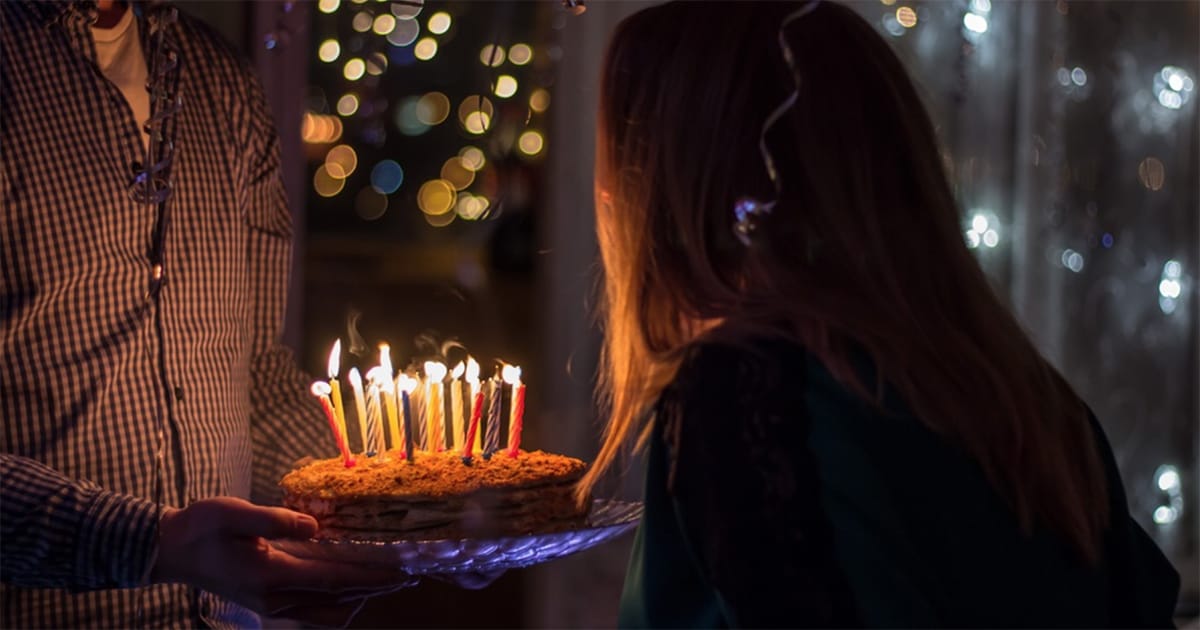













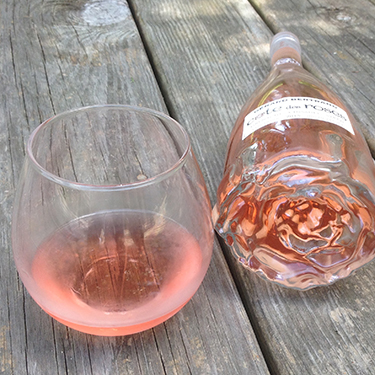
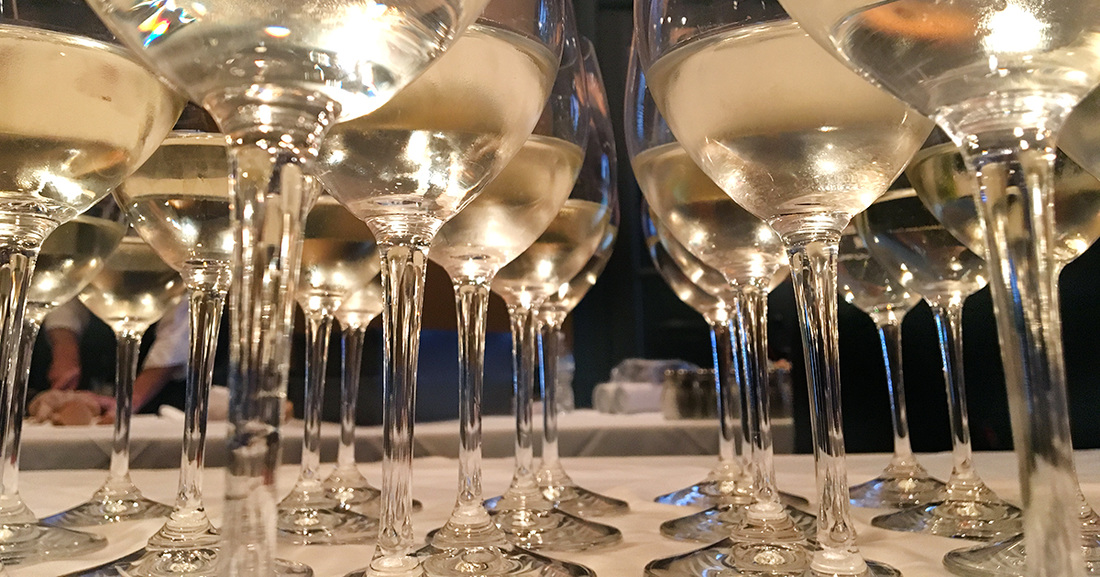
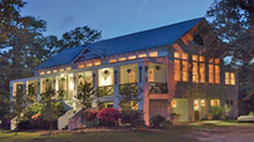

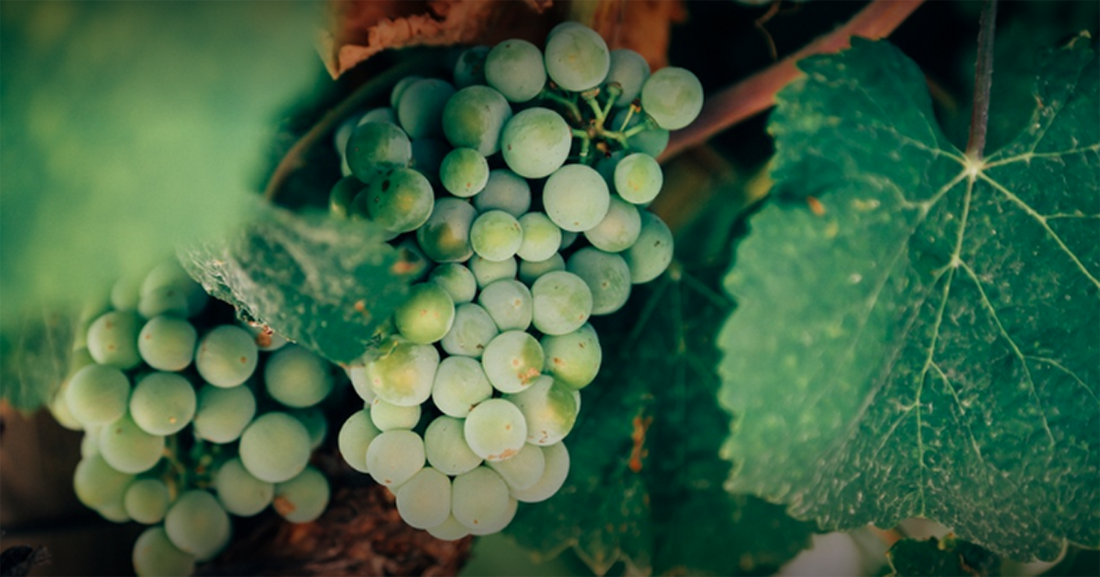

























 RSS Feed
RSS Feed























